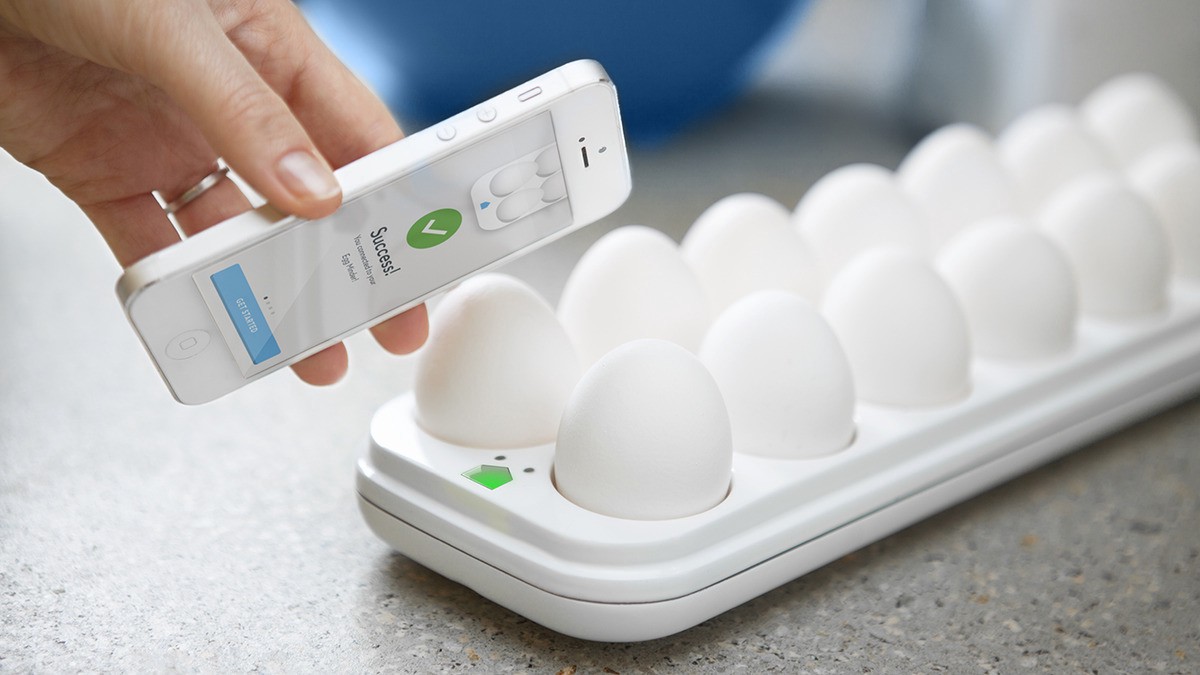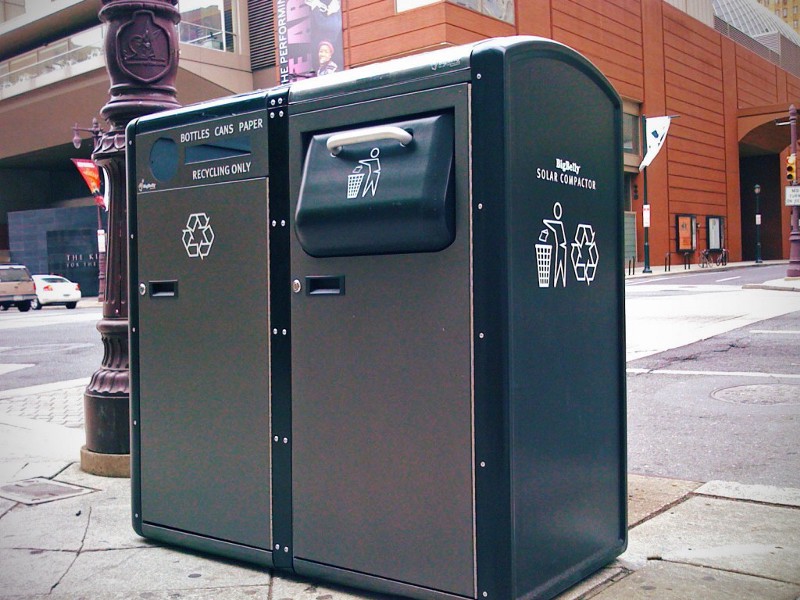
Let’s solve real problems instead…
Ah, the good ole Internet of Things. Its catchy name leads a whole bunch of people to describe it as “the future of the Internet” and other overly-generalized ideas. While there is substance in the idea of internet-enabling everyday goods, it’s blown way out of proportion.
Part of my beef with IoT is semantic. When Kevin Ashton coined the term (out of the Auto-ID lab at MIT), it was initially intended to be used for RFID tracking and identification. One of the golden dreams of the IoT concept is checking out of grocery stores without having to scan each individual item (ie just push a shopping cart through a giant RFID scanner and simply paying the bill). While this is a nice idea, there are 100 reasons why it hasn’t happened yet, and I don’t believe it’s in the near future. But the IoT moniker has since grown to encompass basically any common device that’s actively connected to the internet. It doesn’t help that there are a whole host of other names showing up to the party: M2M (machine-to-machine, coined by “industry”), D2D (device-to-device, Bill Joy’s initial name), internet 0, thingternet, connected devices, connected hardware, smart home/connected home, smart products, appcessories, ad infinitum. The rapid proliferation of these terms means there’s a ton of confusion and minimal substance.
Too often, I talk to starry-eyed entrepreneurs wanting to build some IoT product to connect some traditionally non-connected facet of daily life. I see the dream, trust me, I fall into that trap too, but connecting things is not the solution to all problems, it’s not even the solution to most problems. I often ask entrepreneurs if they have thought about solving the problem with a simple, non-connected version. If they haven’t, chances are they’re “connection happy” rather than in love with solving a real problem.
Dumb Smart Products
One of Quirky’s first IoT products is a connected egg tray that tells you how many eggs you have remaining in the fridge:

Quirky’s business model is actually quite fascinating: the company “crowdsources” concepts for physical products, leverages the community to help design, and brand them, and then does the manufacturing, assembly, logistics, and distribution themselves. They have successfully built a very long pipeline from ideation through endcaps in a host of large big-box retailers. No other consumer product company that I’m aware of has built a pipeline from beginning to end like Quirky has.
Unfortunately, when you build a long pipeline, it has to be pretty narrow for it to be efficient. The kinds of products that Quirky can build are on the simple side of what can be done. In theory knowing how many eggs are left in the fridge can be useful: if you’re out shopping and can’t remember if you have enough eggs left to make breakfast, it would be great to be able to check your phone and have it tell you precisely what’s in your fridge at home. But in practice this vastly overcomplicates a problem that isn’t deeply affecting too many lives. They’ve taken a $0.02 solution (a paper list) and turned it into a $49.99 product with a complex user interface, a rigid behavior paradigm, and batteries that need to be charged.
Solve Real Problems
At the end of the day, user experience complexity isn’t what makes these kinds of “smart” products dumb. The tragedy of the IoT movement is smart, talented, ambitious founders spending huge amount of time and money trying to solve problems that people don’t really have. Hardware startup founders can do better with attacking worthwhile problems. One of my mentors once told me something that has fundamentally shaped the way I think about startups:
Decent entrepreneurs fall in love with a technology and try to find a problem to solve. Great entrepreneurs fall in love with a problem and find a technology to solve it.
Making Dumb Products Smart
There are a bunch of examples of solving real problems with connected products, but I love BigBelly Solar. If you’re not familiar with the company, they solve a problem that has been bugging municipalities for years: when to collect waste in public trash cans. Traditionally, a municipality sends crews around the city on a weekly schedule to check if trash cans are full. If they are, a garbage truck hauls the trash to the dump. If they’re empty, the crew comes back next time.

As you might guess, there are two big inefficiencies here. One is when a can is empty. Crews waste time inspecting can when they don’t need to be emptied. The second, and much more serious, is when cans fill up faster than the inspection schedule accounts for (this is when you see trash cans completely overflowing with trash). BigBelly elegantly solves both problems with a connected, solar-powered, trash compactor. When the bin is about to be full, it sends a signal to the city to notify them that it should be collected. They no longer check empty bins and no longer have bins overflowing with trash. A real problem with a solution of real value.
Don’t build a product because it’s the hip thing to do, build it because you’re solving a real problem. Or if you’d rather be hip, there’s always: http://whatthefuckismywearablestrategy.com/
Ben Einstein was one of the founders of Bolt. You can find him on LinkedIn.
Bolt invests at the intersection of the digital and physical world.
